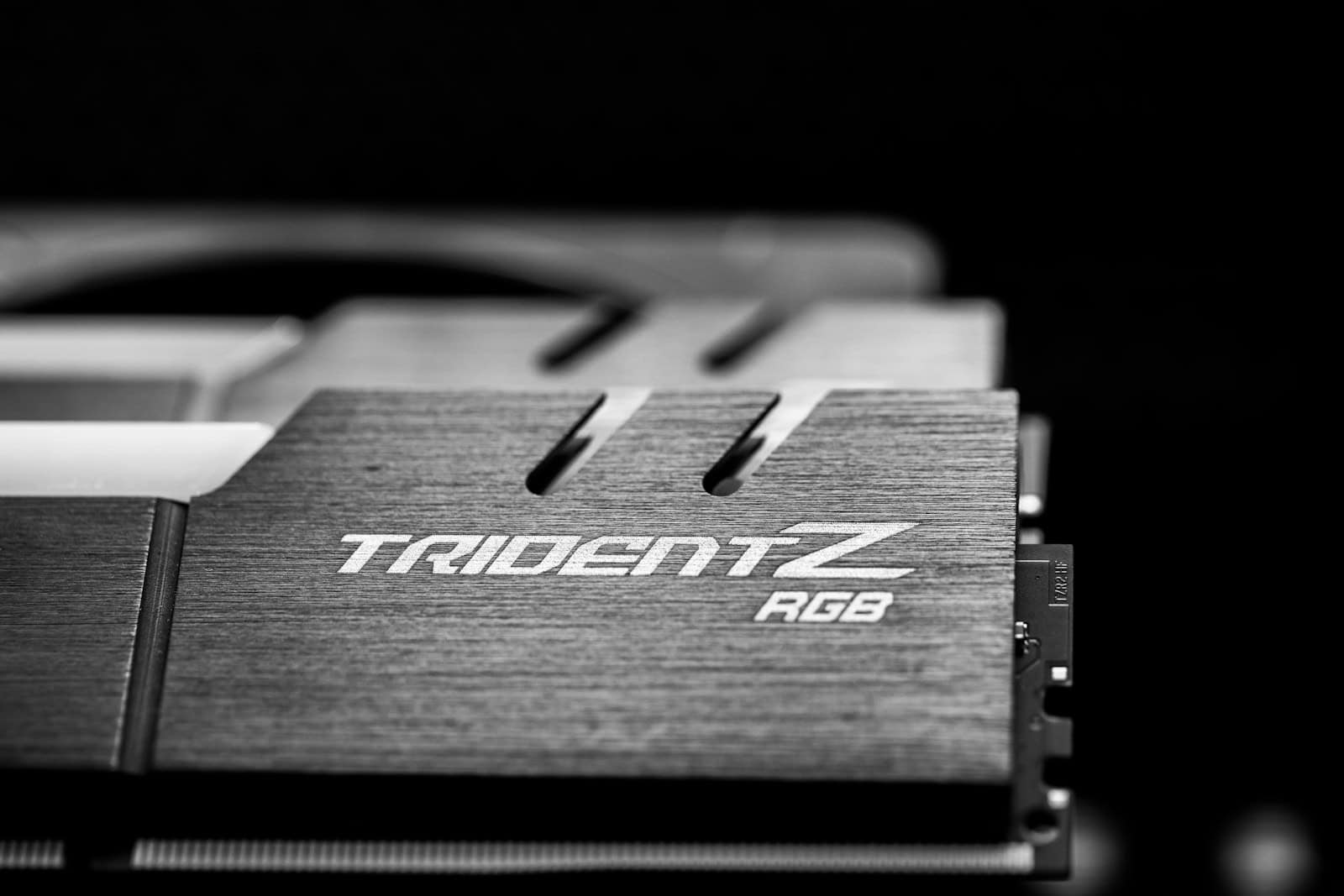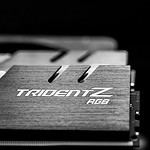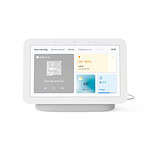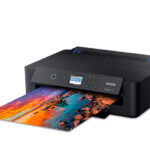DDR6 RAM, the next generation of computer memory, is on the horizon. Tech enthusiasts and professionals are eagerly anticipating its release. DDR6 RAM is expected to launch in late 2025 or early 2026, with the first draft of the standard likely to be released in early 2025.
This upcoming memory technology promises significant improvements over its predecessor, DDR5. DDR6 aims to double the data transfer speeds, potentially reaching up to 12,800Mbps on JEDEC modules. Overclocked modules might even achieve speeds of 17,000Mbps. These advancements will boost system performance for demanding applications and tasks.
As the tech world transitions to DDR5, developers are already working on DDR6. Major companies like Samsung are investing in its development. The new standard will require compatible motherboards and processors, sparking a new wave of hardware upgrades for enthusiasts and professionals alike.
DDR6 RAM: When Will It Arrive?
The next generation of RAM, DDR6, is on the horizon, promising significant improvements in speed and efficiency. While DDR5 is still relatively new to the consumer market, many tech enthusiasts are eagerly anticipating the arrival of DDR6. So, when can we expect to see DDR6 RAM in our computers?
Projected Timeline for DDR6 Release
While there’s no official release date, industry insiders and experts predict the following timeline for DDR6 RAM:
| Milestone | Expected Date |
|---|---|
| First Draft of DDR6 Standard | Late 2024 – Early 2025 |
| Official DDR6 Specification | Early 2025 |
| Early DDR6 Chips | Late 2025 |
| DDR6 in Consumer Products | 2026 or later |
It’s important to note that these are estimates, and the actual release could be earlier or later depending on various factors.
Factors Influencing DDR6 Release
Several factors can influence the timeline for DDR6 RAM release:
- Standardization: Finalizing the DDR6 specification is crucial before manufacturers can start producing compatible modules.
- Manufacturing and Supply Chain: Ramping up production and navigating potential supply chain challenges can impact the availability of DDR6 RAM.
- Market Demand: The adoption rate of DDR5 and the demand for DDR6 will play a role in how quickly manufacturers bring it to market.
- Platform Support: New CPUs and motherboards will be needed to support DDR6, so their development and release timelines will also be a factor.
What to Expect from DDR6
DDR6 is expected to deliver significant performance improvements over DDR5, including:
- Higher Bandwidth: DDR6 will offer substantially higher data transfer rates, leading to faster overall system performance.
- Increased Efficiency: DDR6 is designed to consume less power, making it more energy-efficient.
- Improved Latency: DDR6 may offer lower latency, resulting in quicker response times.
While we wait for DDR6 to arrive, it’s important to remember that DDR5 still offers excellent performance for current systems. However, DDR6 represents a significant leap forward in memory technology, and its eventual release will undoubtedly shape the future of computing.
Key Takeaways
- DDR6 RAM is set to arrive in late 2025 or early 2026
- The new standard aims to double data transfer speeds compared to DDR5
- DDR6 will require new compatible hardware for implementation
Understanding DDR6 RAM Technology and Development
DDR6 RAM represents the next leap in memory technology, promising significant advancements in speed, efficiency, and capacity. This new standard builds upon its predecessors to meet the growing demands of modern computing systems.
Evolution of RAM: From DDR4 to DDR6
DDR4 RAM, introduced in 2014, set the standard for several years. It offered speeds up to 3200 MHz and improved power efficiency over DDR3. DDR5 followed in 2020, doubling the bandwidth of DDR4 and introducing on-die ECC for better data integrity.
DDR6 aims to push performance even further. It’s expected to offer speeds starting at 12,800 MT/s, potentially reaching up to 17,000 MT/s. This represents a significant jump from DDR5’s initial speeds of 4800-6400 MT/s.
Power efficiency continues to improve with each generation. DDR6 is projected to operate at lower voltages than DDR5, reducing power consumption while increasing performance.
Technical Advancements in DDR6
DDR6 introduces several key technical improvements. The new standard is expected to use modified semi-additive process (MSAP) technology, allowing for finer circuit patterns and improved signal integrity.
Memory capacity is set to increase dramatically. While DDR5 supports up to 128GB per DIMM, DDR6 might double this to 256GB or more per module.
Improved memory channels are a notable feature of DDR6. It’s anticipated to support up to four memory channels per DIMM, enhancing bandwidth and multitasking capabilities.
Data transfer rates are projected to reach up to 102 GB/s per DIMM, a substantial increase over DDR5’s maximum of 51 GB/s.
DDR6 RAM in the Marketplace
Major memory manufacturers like Samsung, Micron, and SK Hynix are actively developing DDR6 technology. The first DDR6 modules are expected to hit the market around 2025, initially targeting enterprise and server applications.
Consumer availability will likely follow, with high-end desktops and laptops incorporating DDR6 RAM in subsequent years. Overclocked modules may push speeds even higher for enthusiasts and gamers.
The transition from DDR5 to DDR6 in the consumer market is expected to be gradual. DDR5 will likely remain prevalent for several years after DDR6’s introduction, as costs for the new technology decrease and compatibility improves.







